No shopping at the Ancient Agora
The Ancient Agora of Athens spans a large space on the northwest slope of the Acropolis. It must have been quite the square: not only was there a marketplace here, but social gatherings, religious ceremonies, outdoor theater, and athletic competitions also happened in this location, starting from the 6th century BC. There are so many remnants of buildings here that I probably could have spent at least two hours finding all of them, but you know, limited time and all.
I really appreciate how, even in Ancient Greece, having publicly accessible water fountains was prioritized: I spotted two while strolling around the Ancient Agora.
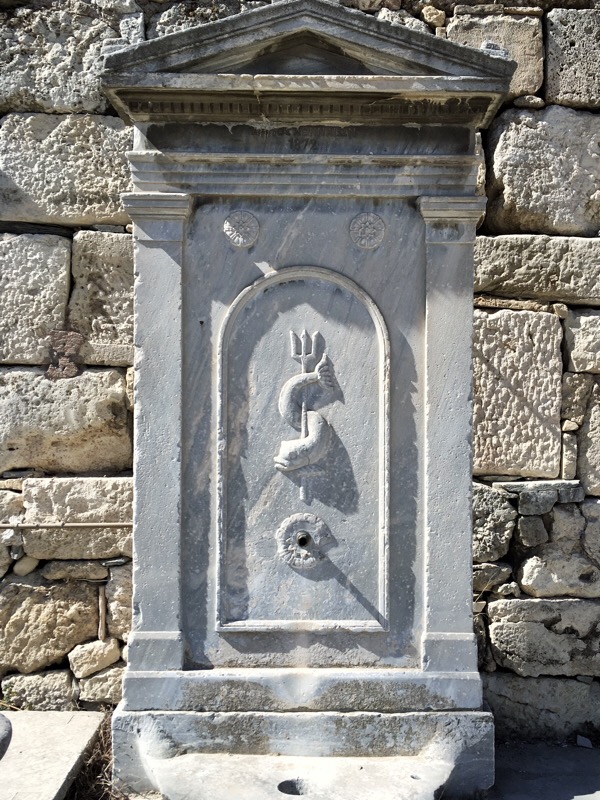
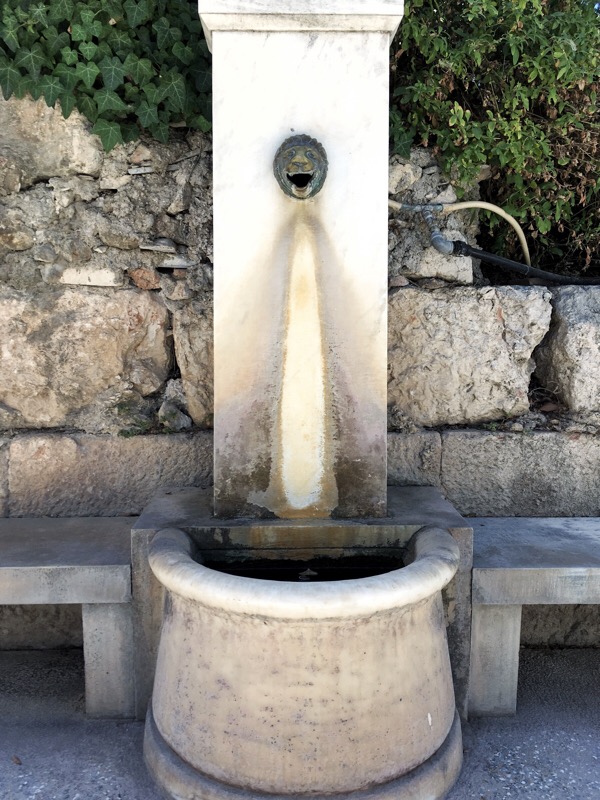
The Middle Stoa divided the Ancient Agora into northern and southern halves.
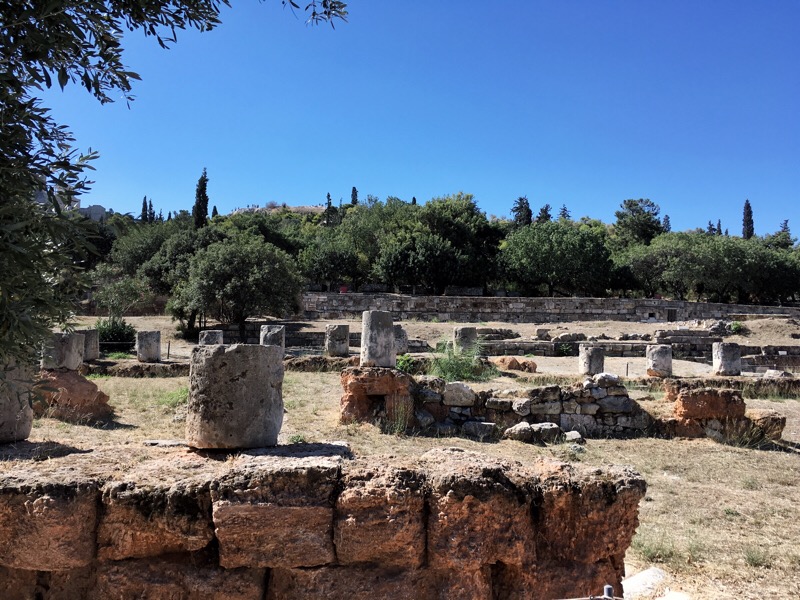
The Temple of Hephaestus is in excellent condition for its age. You can still see some of the friezes depicting battling centaurs and humans.
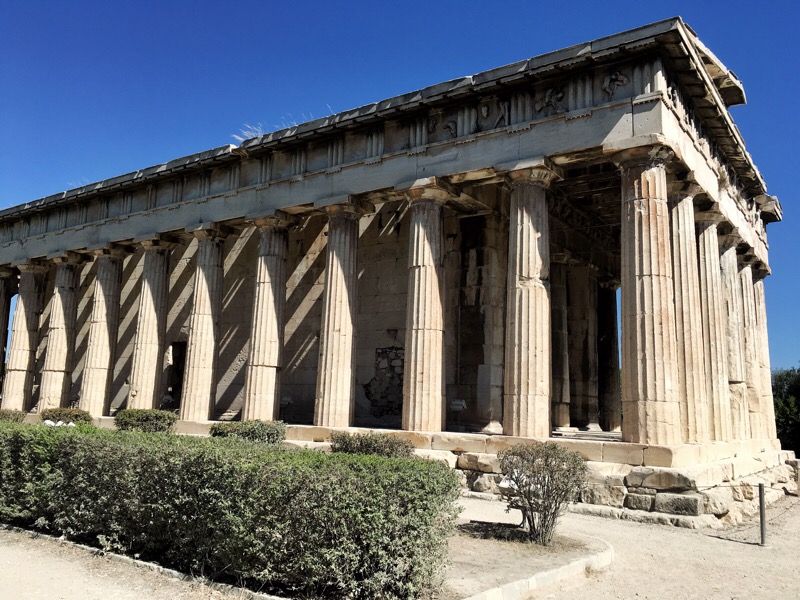
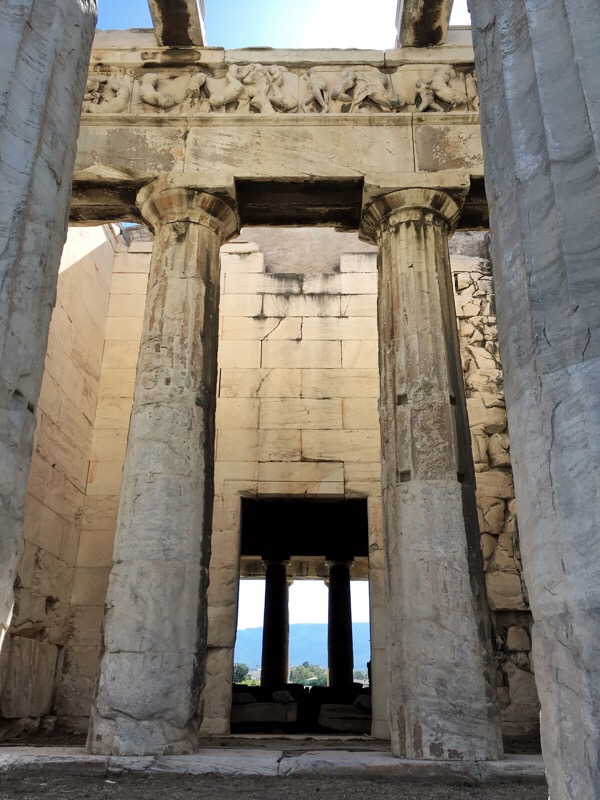
The museum, which is in the Stoa of Attalos, is enjoyable because of its collection of everyday objects.
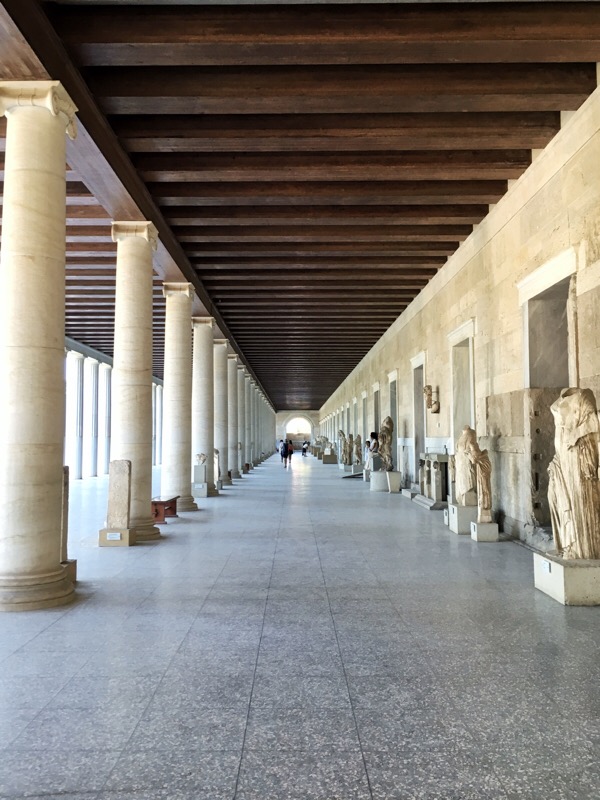
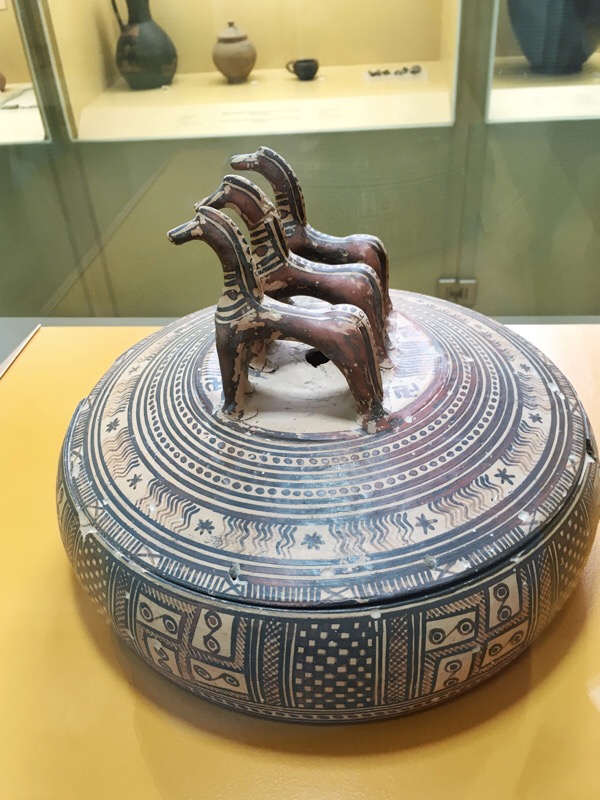
This piece of pottery is what Ancient Greeks used to potty-train their children. (Later, my friend Chris, who lives on Kythnos, explained that during the original archaeological digs, they had to employ local laborers who didn’t speak much English. When this item was found, the laborer couldn’t explain what its purpose was until he went to his house, grabbed his kid, and set the kid securely in it.)
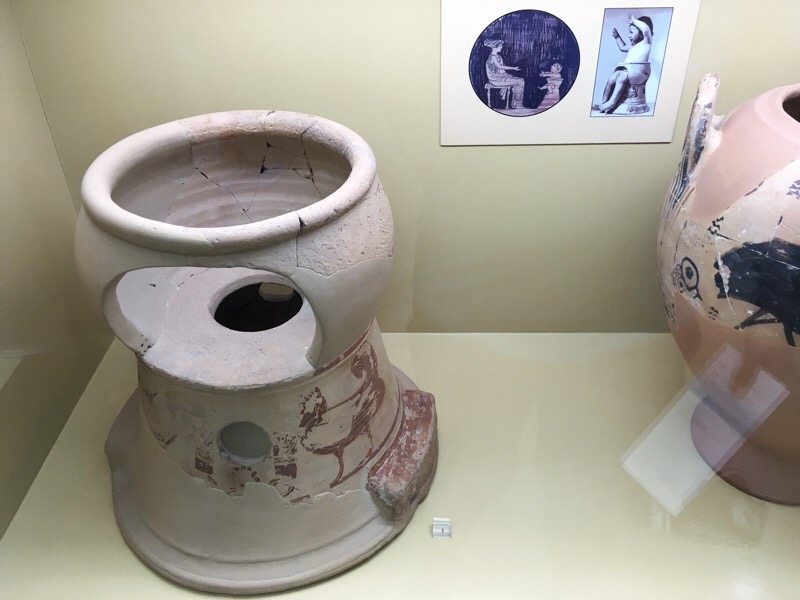
This object is the remaining half of a jury duty selection device called a kleroterion. Citizens eligible to serve in a jury inserted their bronze identification tickets into the slots, and on the left side, a tube where black and white bronze balls were poured in random order would spit out a ball one at a time. Depending on the color of the result, all the citizens represented by one horizontal row were accepted or rejected for jury duty that day.
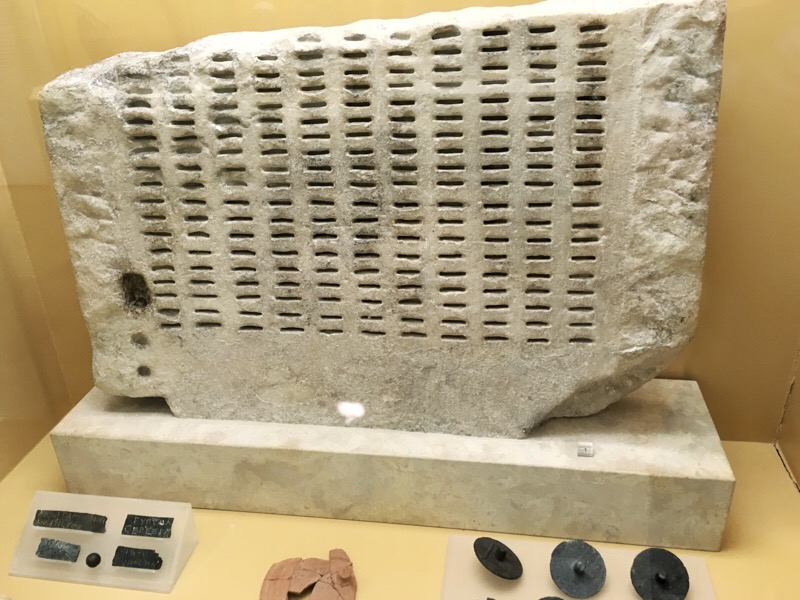
Upstairs, there are more statues to look at. A few of them honor city officials and show just their heads and their penises. (I guess those are both heads.)
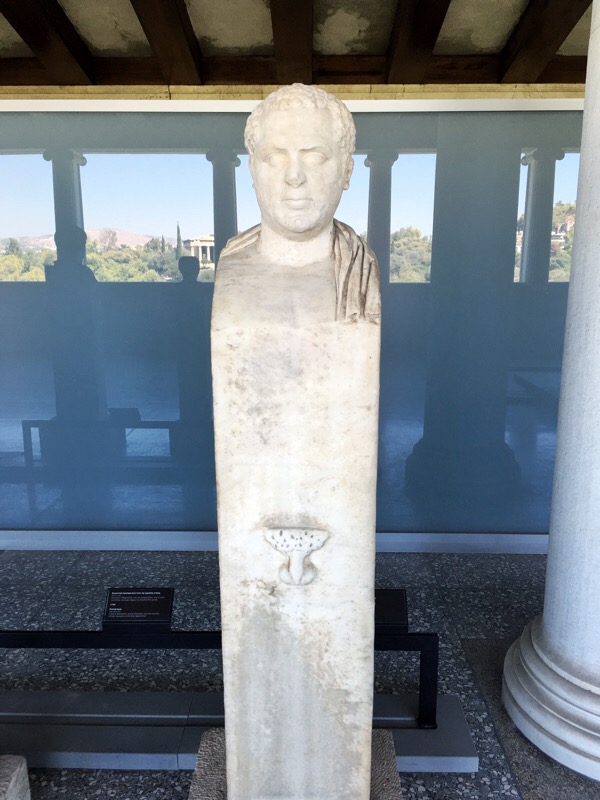
You can also see models of the Ancient Agora and the Acropolis as they probably looked back in their heyday.
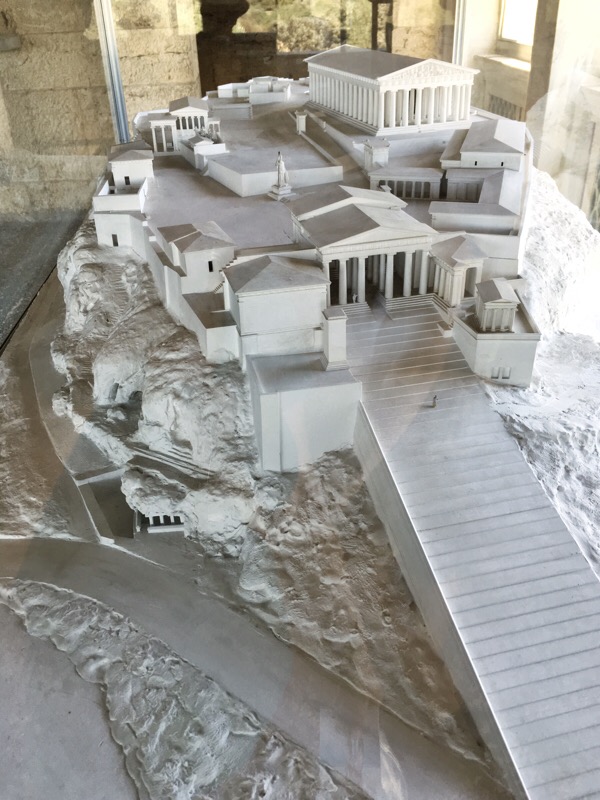
The Odeon of Agrippa had such a large roof, but it didn’t have enough structural integrity and collapsed around 150 AD. At least some of its outdoor statues are still standing.
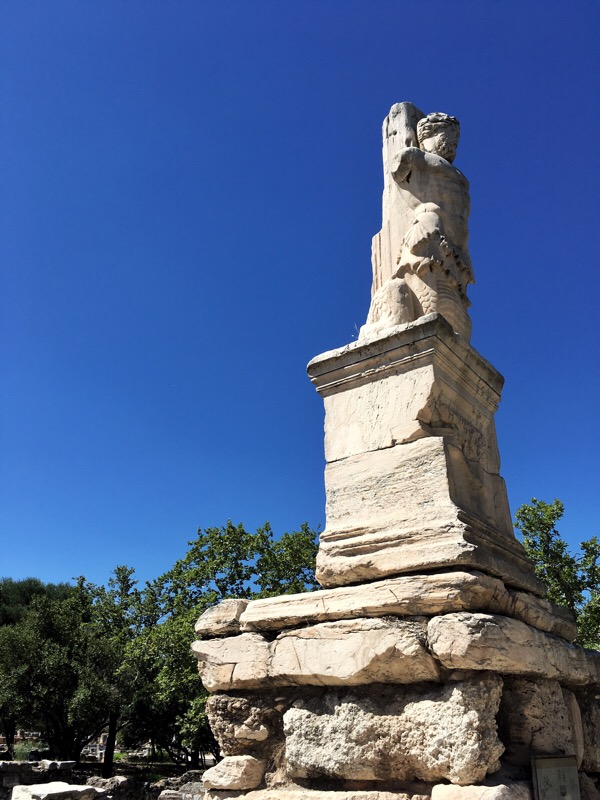
I recommend visiting the Ancient Agora just for the museum if you don’t have time to see everything. But if you do have time, take it in slowly!